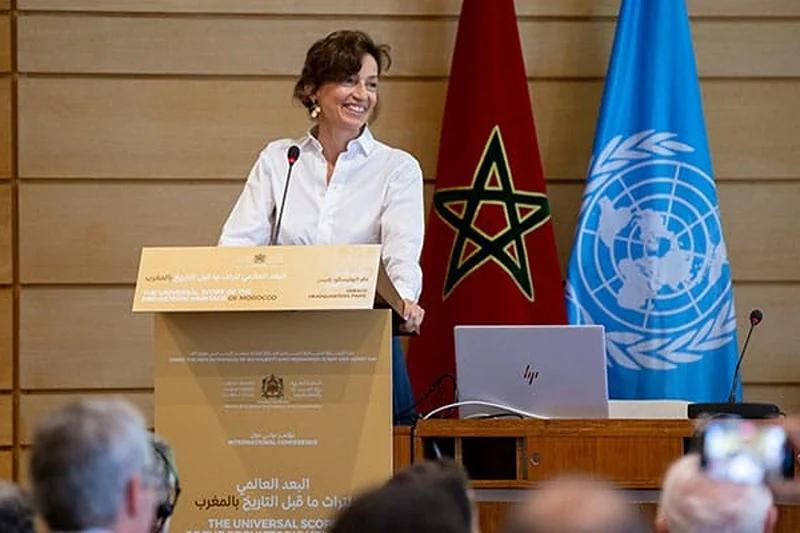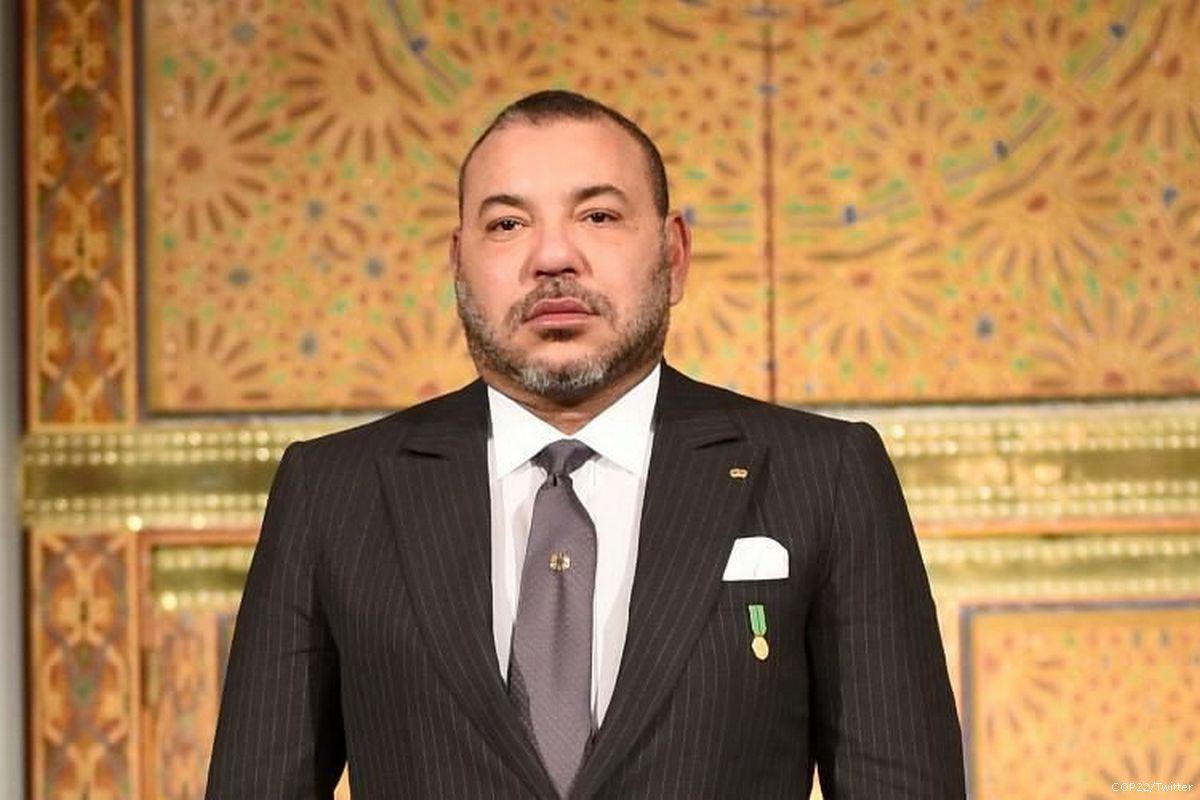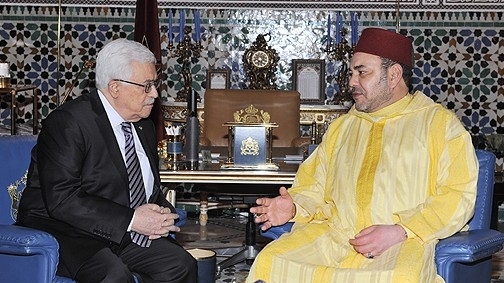An exhibition and an international symposium on “the universal scope of Morocco’s prehistoric heritage”, placed under the High Patronage of King Mohammed VI, opened, Friday, at the headquarters of the United Nations Educational, Scientific and Cultural Organization (UNESCO) in Paris.
The exhibition and the symposium are meant to present the richness and diversity of the Kingdom’s prehistoric heritage and highlight recent archaeological discoveries in the North African country.
On this occasion, Morocco donated to UNESCO replicas of the skull of the oldest Homo Sapiens in the world, dated 350 thousand years ago, discovered in Jebel Ochoud in Youssoufia, and the oldest elements of adornment in the world (142 to 150 thousand years), discovered in the cave Bizmoune in Essaouira.
In an address at the opening ceremony, the UNESCO Director General of UNESCO, Audrey Azoulay, stressed the importance of this international event, insofar as prehistory continues to “question what we are, what we have in common, our place in the scale of time and in the scale of life”.
Praising Morocco for this initiative, Audrey Azoulay said she was “very pleased that this high-level scientific dialogue is being held at UNESCO in a field of study and research that is booming and needs international perspectives”.
“This field also needs to cross disciplines to advance knowledge, because prehistory, which is a heritage of humanity, is far from being a frozen and mythical moment,” added the UNESCO head, who welcomed the support of the Kingdom to the efforts of UNESCO in the various areas of its competence, including by hosting several forums and conferences, the latest being the 7th International Conference on Adult Education (CONFINTEA VII), held last Wednesday in Marrakech.
Audrey Azoulay announced, on the same occasion, that the upcoming annual conference on intangible heritage of UNESCO will be held in the Kingdom.



